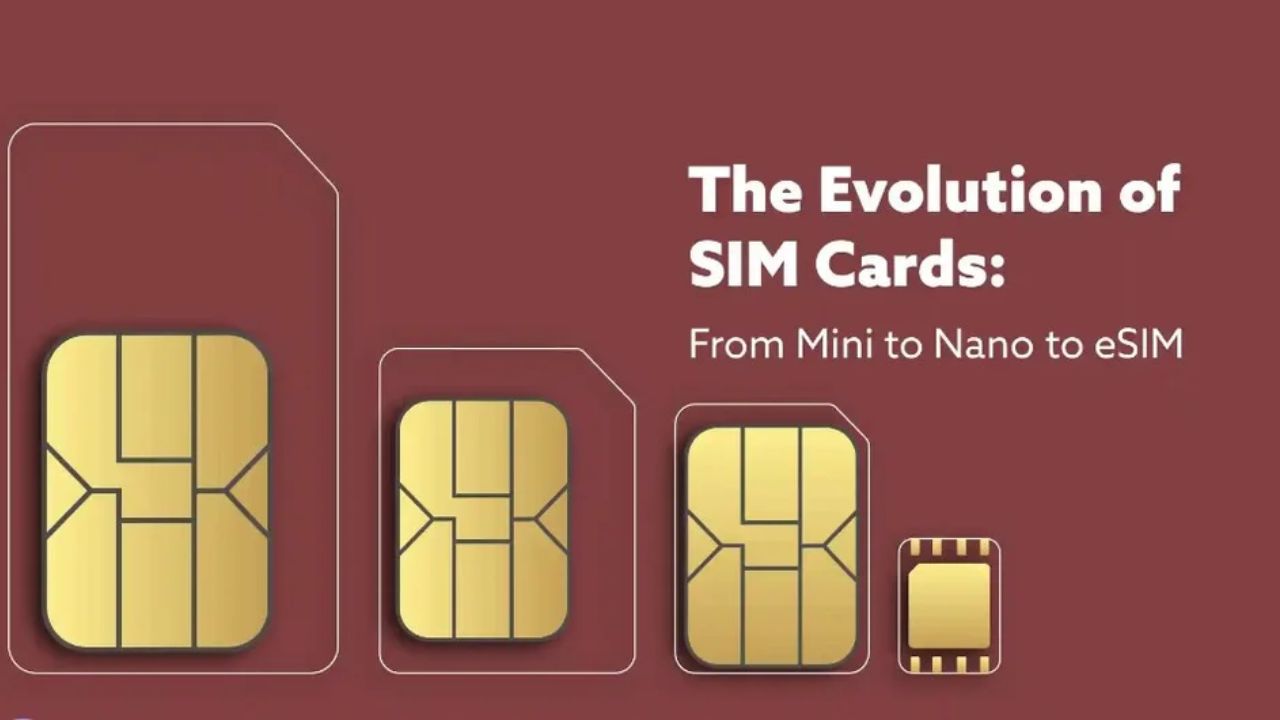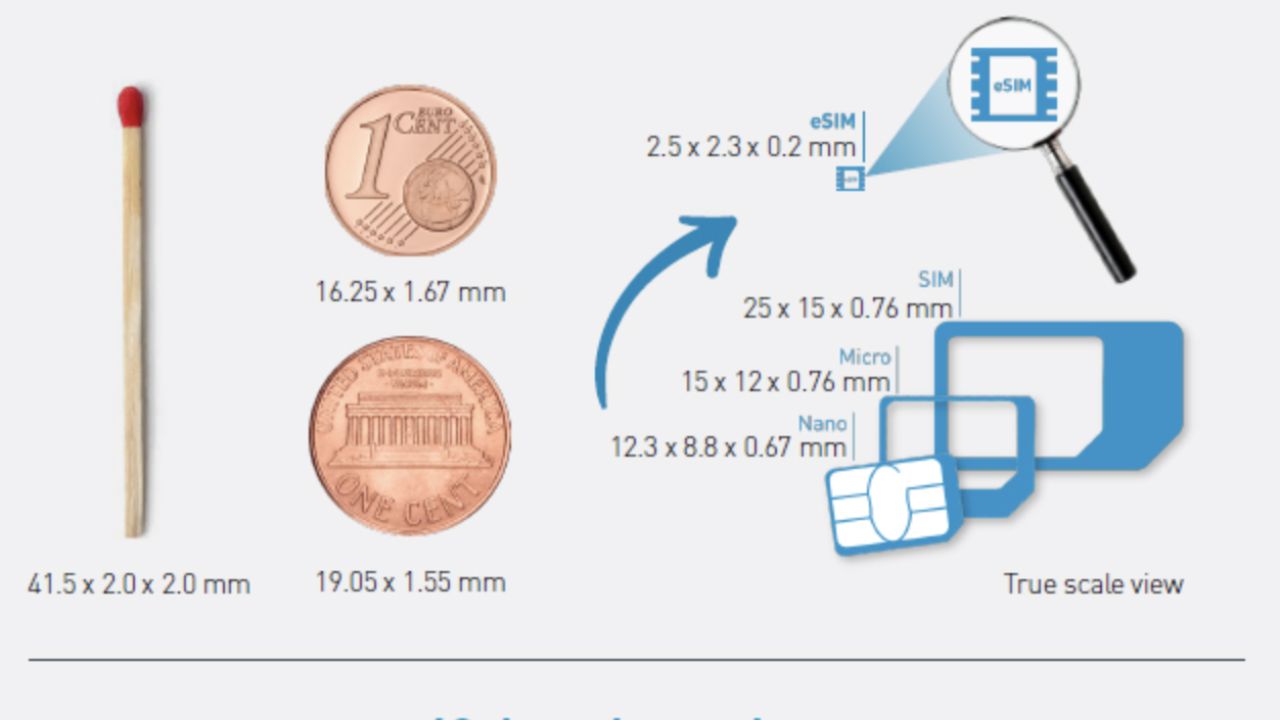SIM Card History : Everything You Need To Know & How do SIM Work?
A chip that revolutionized telepathy in some decades only! So let’s find out about the Sim Card and its future counterpart, the eSim Card!

About SIM Card: A mobile phone is a transportable electronic device to receive and make calls. We need a radio frequency for it to work, which should be within the service area to connect to the phone operator.
We can insert a SIM (Subscriber Identification Module) in its slot built into the mobile device for services like calls, messages, storing contacts, etc.
SIM Card Definition
A SIM card is a small chip with an identification number unique to every user and the SIM. Earlier, the SIM card size used to be much bigger, but with time it reduced to a smaller size. We can transfer these SIM cards from one device to another.
Technological innovations came up with unique solutions, from the limited number of communication devices to landline phones and mobiles. eSIM or embedded SIM is one such example. eSIM is software installed SIM card planted directly into the machine and works the same as a physical SIM card.
eSIM card requires less space, giving way too many sleeker phone models and enabling design flexibility. It is reliable and provides network security as well.
Read Also~Silver Price History: Historical Silver Prices Data in India
From the beginning of the smartphone invention, switching cellular providers includes purchasing a SIM card from a new carrier, removing the old chip, and replacing it with a new one. However, this process will soon be obsolete.
Millions of people have switched from actual SIM cards to virtual ones. Many network operators offer the cellular network. All of them have unique SIM cards which work specific to that network. You must digitally activate the service by logging into an app or scanning a QR code.

The program instantly links you to a new cellular network, allowing you to sign up for service without locating a retailer.
Currently, phone manufacturers support the technology, but the operator doesn’t. But it has been worked upon and will be the next new experience for the users.
SIM Card for iPhone
A SIM card for an iPhone or any other device is required for the data used to run the apps and to make and receive calls.
eSIM cards
The first eSIM came into existence in a smartwatch in 2016. Sooner, it became relevant in mobile devices and operating systems in 2018.
A traditional SIM card needs a circuit to be fit manually into the device. In contrast, the eSIM is a virtualized software installed on a chip that is mounted immediately after manufacturing the mobile device at the factory.
eSIM is the next-generation SIM technology for connected devices and can come in handy in vehicle hot spots, GPS tracking units, video surveillance devices, etc.
Read Also~FMCG-Fast Moving Consumer Goods Sector in India History & Growth
Advantages of eSIM
The advantages of the eSIM are hassle-free usage and no physical insertion into the device, switching between the wireless providers. And issues like security updates are now easy to communicate to millions of subscribers, which is otherwise not possible in the case of physical SIMs.
Thus, now we know what an eSIM or a digital SIM is. Few devices are supporting this technology as of now. Although this change won’t happen overnight, and physical SIMs will still take time to disappear, eSIM is in the pipeline and is the next big thing on the cards in the telecom industry.
